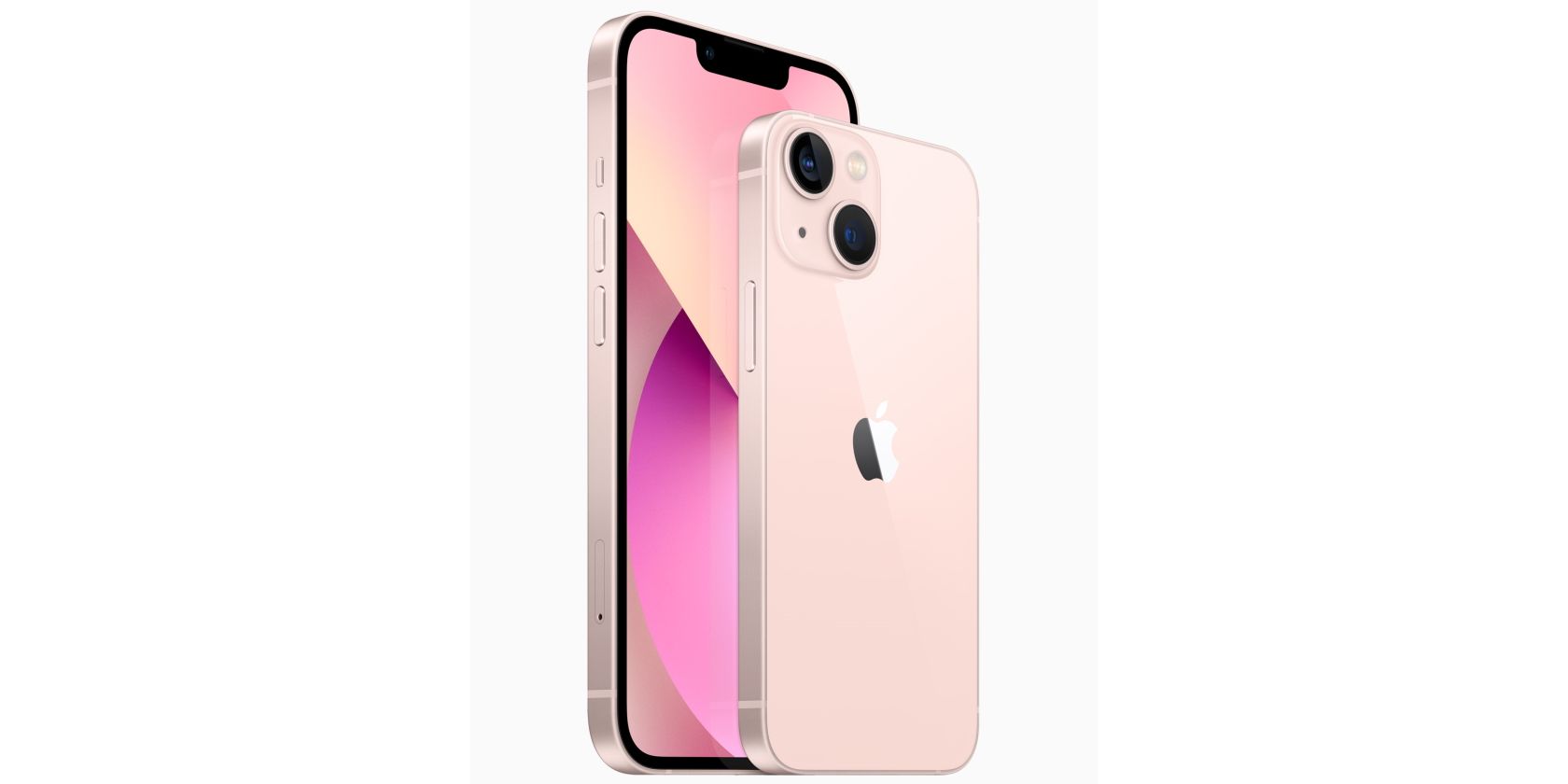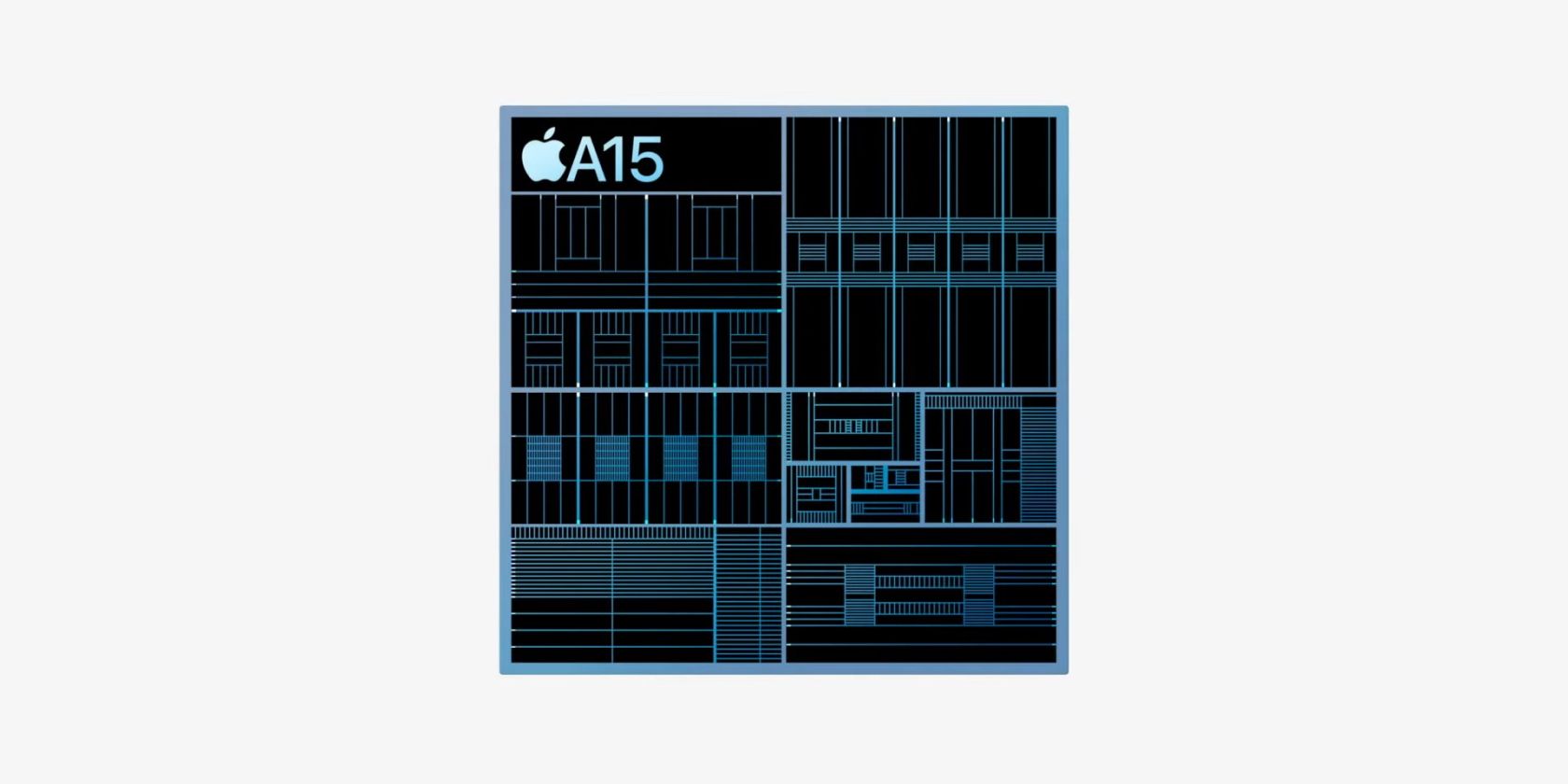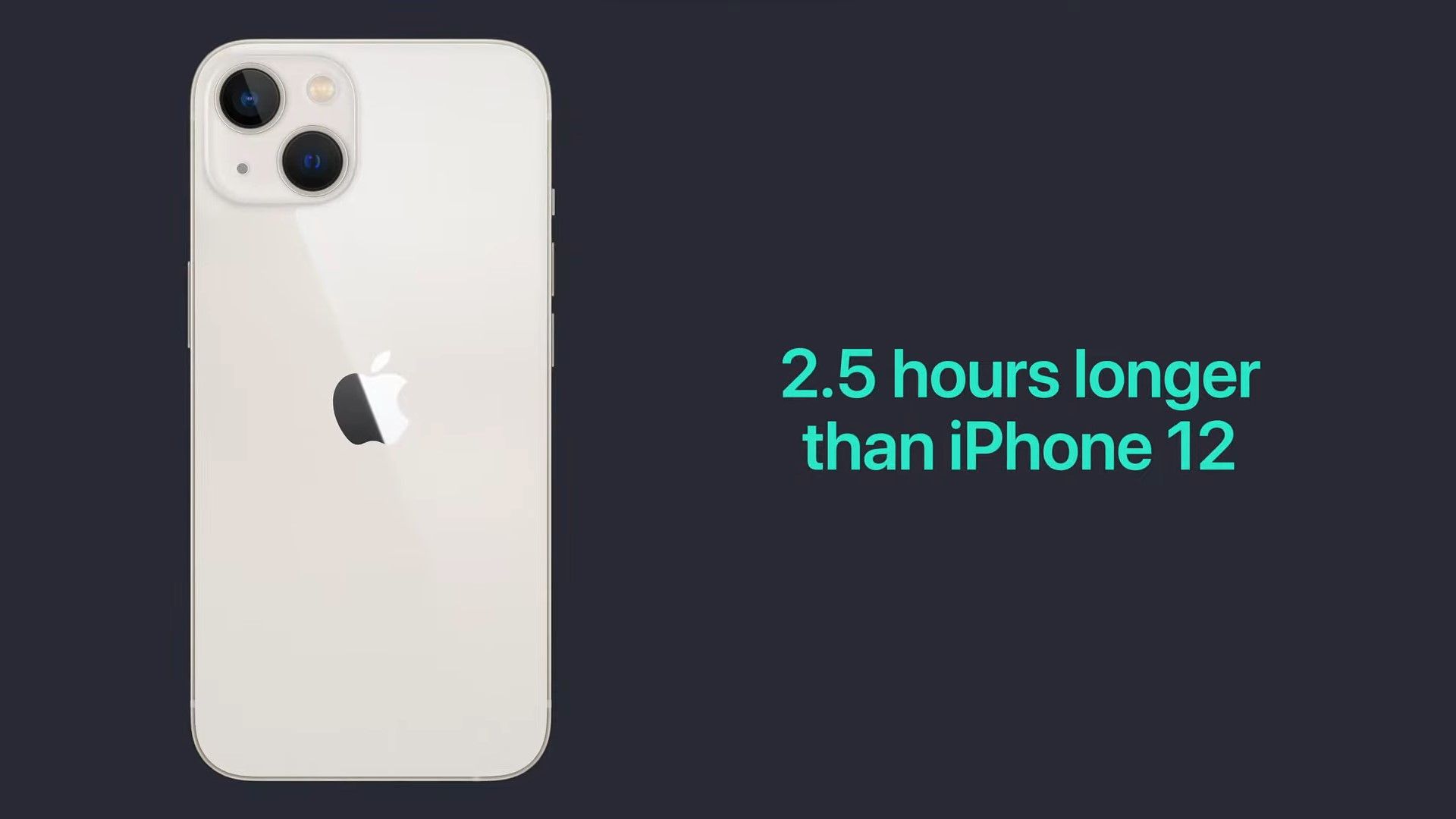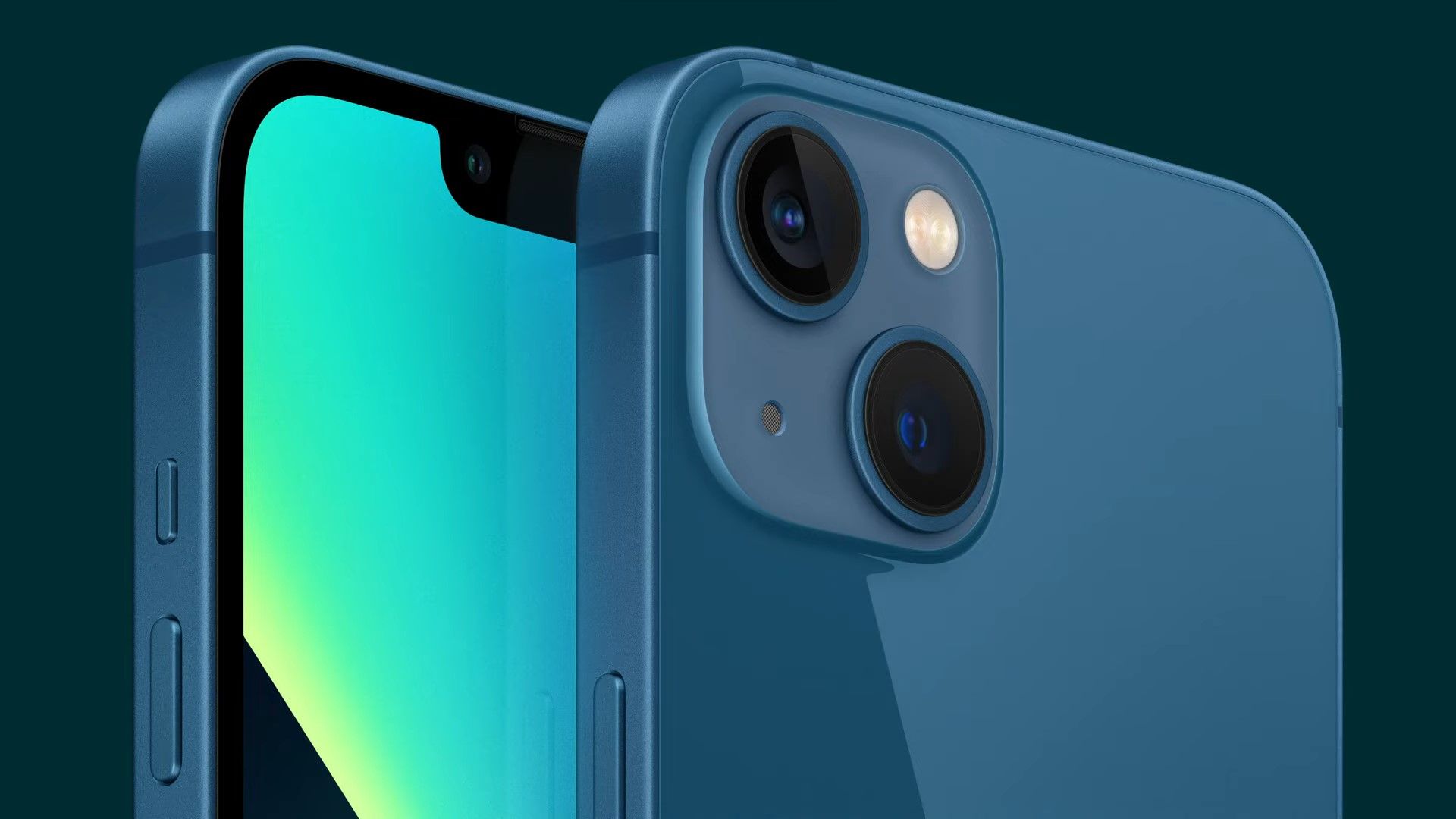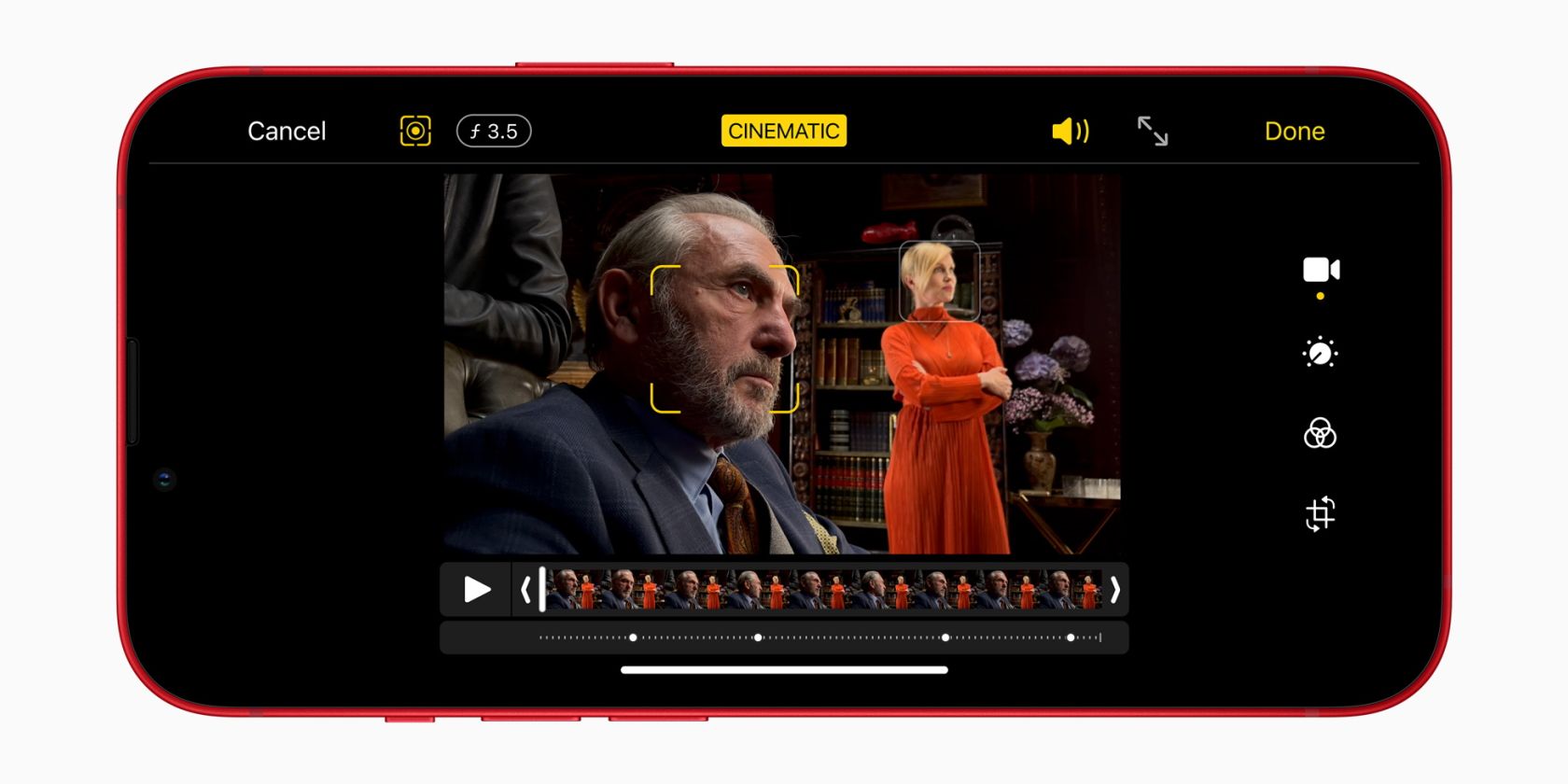Without a doubt, the iPhone 13 has been one of the most anticipated phones of 2021, and we're glad that Apple finally took the wraps off it. This new series of smartphones comes at different price points, but the standard iPhone 13 may be the practical choice for most users.
Besides the new camera orientation, you'll struggle to find physical differences between the iPhone 13 and the previous year's iPhone 12. However, Apple has made several changes under the hood to make the upgrade worthwhile. Here, we'll look at some of the best new features of the iPhone 13.
1. The Notch Is Finally Smaller
While Android flagships have moved on to hole-punch designs and pop-up cameras in the last couple of years, Apple stuck to the same notch design it first introduced with the iPhone X. While the company hasn't gotten rid of the notch just yet, it has finally made it smaller. It's not exactly what the fans wanted, but we certainly appreciate some improvement in screen real estate.
Apple reduced the notch size by 20%, moving the speaker to the very top of the iPhone and placing the Face ID components beneath it. Due to this change, the selfie camera is now located on the left side of the speaker, just like the older iPhone models with Touch ID. It's not a massive change, but you'll certainly notice the increased display area at the top of your iPhone, especially if you're upgrading from an older iPhone model equipped with Face ID.
2. Apple's A15 Bionic Chip Leads Smartphone Performance
Apple has dominated the mobile chip space for the past decade, and the Android competition has struggled to keep up to this day. The previous year's A14 Bionic chip is still unbeaten by competing offerings from Qualcomm and other manufacturers, but Apple has further extended its lead with the new six-core A15 Bionic chip. This chip packs two high-performance and four high-efficiency cores, allowing it to choose between efficiency and performance depending on the task.
While Apple doesn't outright say how much faster its new chip is compared to the previous generation, it does say the A15 delivers up to 50% faster CPU performance and 30% faster GPU performance than the third-party competition.
One point to note here is that the A15 Bionic chip in the standard iPhone 13 features a four-core GPU, but if you really want that extra GPU performance for gaming, you can get a five-core GPU with the iPhone 13 Pro models. Regardless, the iPhone 13 is a future-proof smartphone that will handle any task you throw at it for years to come.
3. A Bigger Battery Helps the iPhone 13 Last Longer
One of the biggest issues we faced with the iPhone 12 last year, especially the smaller iPhone 12 mini, was that it delivered mediocre battery life. Sure, you cannot expect great battery life on such a small device, but Apple has improved it this year by cramming a bigger battery into the iPhone 13 and the iPhone 13 mini.
With the combination of a bigger battery and the efficiency of the new A15 chip, the new iPhone 13 can last 2.5 hours longer than the iPhone 12, while the smaller iPhone 13 mini can last 1.5 hours more than the outgoing iPhone 12 mini. This is a huge improvement considering you're getting a more powerful smartphone that also excels in the battery life department.
4. An Advanced Camera System
It's not just the camera orientation that Apple has changed on the standard iPhone 13. Thanks to a bigger sensor, the all-new wide angle camera can capture 47% more light in both photos and videos than the iPhone 12. However, one of the most interesting additions is the inclusion of the sensor-shift optical image stabilization that was previously exclusive to the iPhone 12 Pro Max. Now, the entire lineup gets this feature, including the smallest iPhone 13 mini.
Apple has also improved the low-light performance of the iPhone 13's ultra-wide camera. Thanks to all these changes, you can now use Night mode on both cameras. Video recording specs have remained unchanged with support for up to 4K quality at 60FPS, but you'll find an all-new feature called Cinematic mode that may change the way how you shoot videos on your new iPhone.
5. Cinematic Mode Racks the Focus in Videos
The new Cinematic mode is a game-changer. In the simplest terms, It's sort of like Portrait mode, but for videos. Basically, this new Cinematic mode will allow your iPhone to focus on the subjects even when they're moving and will switch between focus points automatically in real-time. Interestingly enough, you don't even have to do anything complicated to use this feature, as all you need to do is press the record button. How cool is that?
Of course, some of you will probably want manual control over this feature, which is why Apple allows you to tap to focus on a subject or double-tap to lock the focus on a moving subject. To get this feature to work, Apple relies on computational algorithms. Of course, it's a first-generation implementation, but it's a feature you won't find on any other smartphone, at least for now. One downside about the feature is that it limits the video resolution to 1080p at 30FPS.
6. The iPhone 13 Secretly Packs 6GB of RAM
During the presentation, Apple didn't say a word about RAM, but the new iPhone 13 sports 2GB more RAM than its predecessor. Only the iPhone 12 Pro models featured 6GB of RAM previously, but we're glad to see Apple bump up the RAM by 2GB across the entire iPhone 13 lineup. This is great news if you're a power user who frequently opens and switches between several apps.
This may not seem that impressive if you're switching over from Android, but you need to remember that RAM goes further on an iPhone than it does in other devices. Apple's operating system does a stellar job at managing system resources, so the upgraded 6GB of RAM makes the iPhone 13 a future-proof device that will support software updates for years to come.
The iPhone 13 Subtly Improves Upon the iPhone 12
Unlike last year, the changes aren't massive, but the iPhone 13 improves in key areas where the iPhone 12 fell short, like the battery department, for example. It's the incremental upgrade we needed to bring the iPhone 13 to 2021's standards in terms of hardware, but that's not all we're getting either. Standout features like Cinematic mode may be the beginning of something huge in videography, which only time will tell.
All in all, if you're currently using the iPhone 11 or an older model, the new iPhone 13 seems like a solid upgrade, but if you already own the iPhone 12, this one may be worth skipping.


